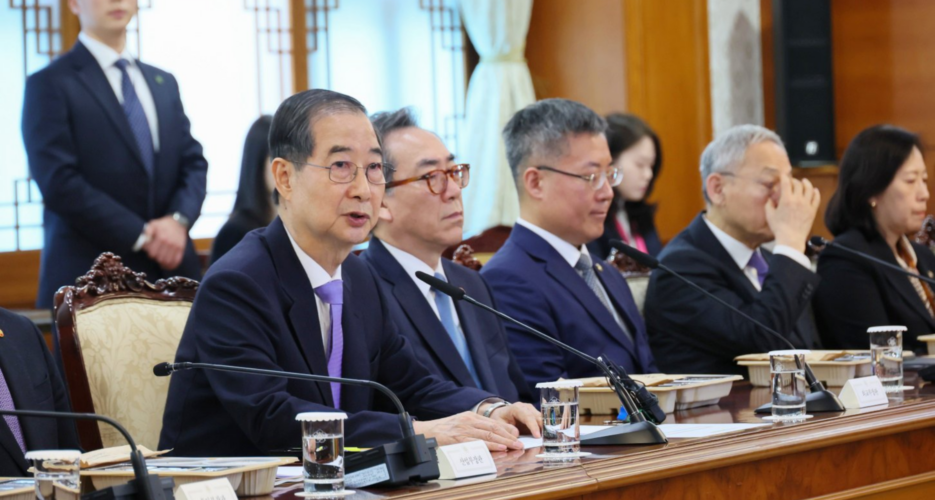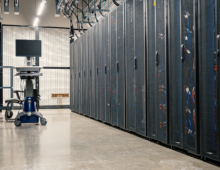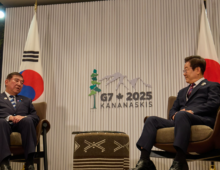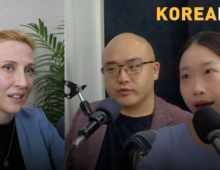Constitutional Court’s focus on proportionality and intent may shield Yoon and future leaders from accountability
The Constitutional Court’s decision on Monday to reinstate Han Duck-soo as prime minister and acting president has highlighted its reluctance to remove senior officials who have not clearly violated the constitution, raising broader questions about President Yoon Suk-yeol’s impeachment and executive accountability.
In its ruling, the court indicated that Han violated the constitution by refusing to appoint three Constitutional Court justices, but it rejected the Democratic Party’s (DP) argument that this constituted a constitutional crisis warranting his removal.
The Constitutional Court’s decision on Monday to reinstate Han Duck-soo as prime minister and acting president has highlighted its reluctance to remove senior officials who have not clearly violated the constitution, raising broader questions about President Yoon Suk-yeol’s impeachment and executive accountability.
In its ruling, the court indicated that Han violated the constitution by refusing to appoint three Constitutional Court justices, but it rejected the Democratic Party’s (DP) argument that this constituted a constitutional crisis warranting his removal.
Get your
KoreaPro
subscription today!
Unlock article access by becoming a KOREA PRO member today!
Unlock your access
to all our features.
Standard Annual plan includes:
-
Receive full archive access, full suite of newsletter products
-
Month in Review via email and the KOREA PRO website
-
Exclusive invites and priority access to member events
-
One year of access to NK News and NK News podcast
There are three plans available:
Lite, Standard and
Premium.
Explore which would be
the best one for you.
Explore membership options
© Korea Risk Group. All rights reserved.
No part of this content may be reproduced, distributed, or used for
commercial purposes without prior written permission from Korea Risk
Group.












